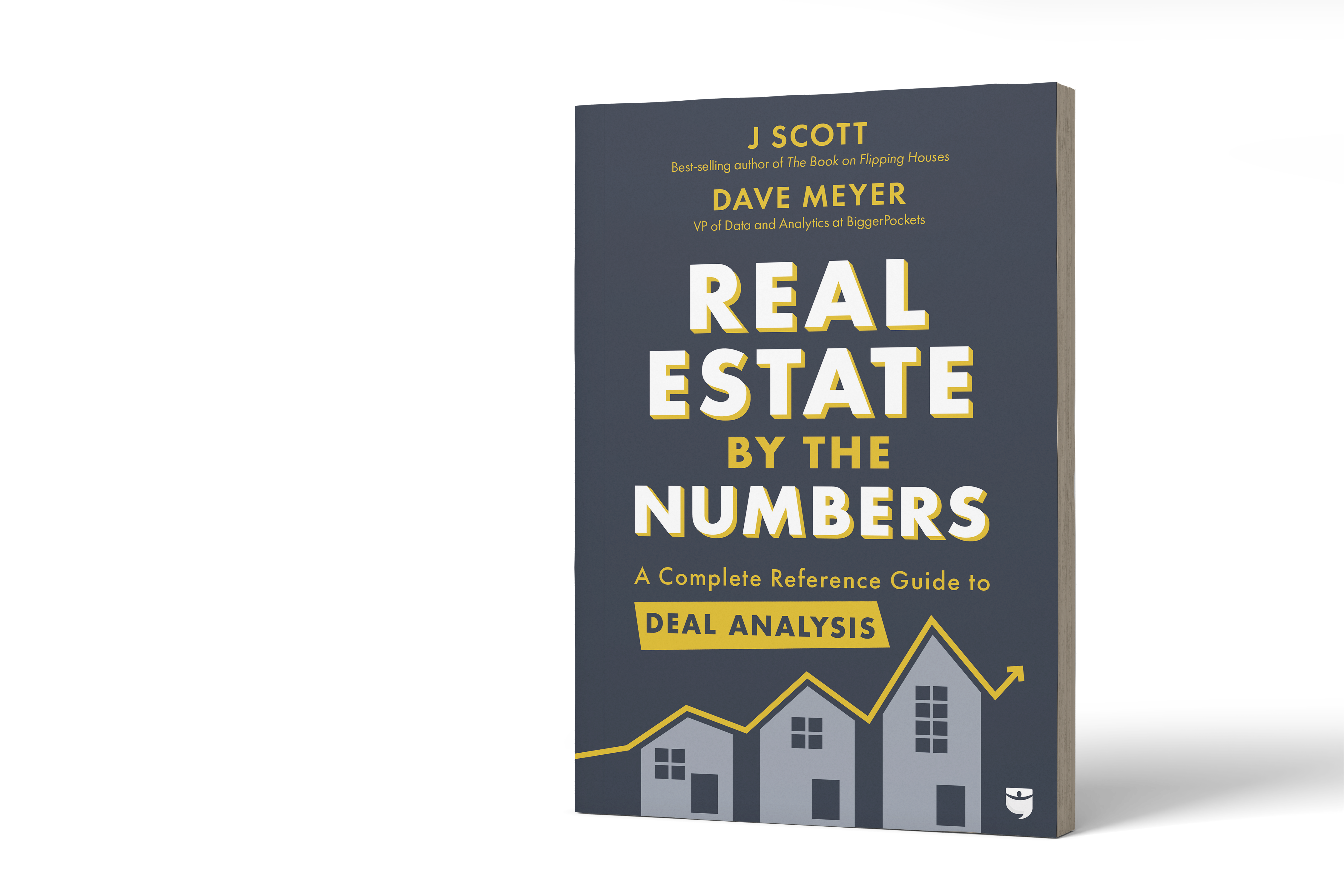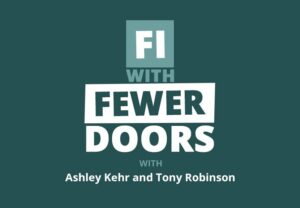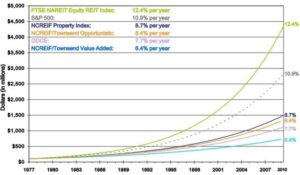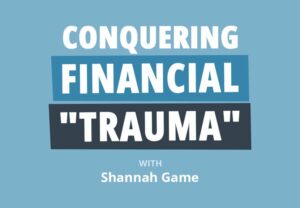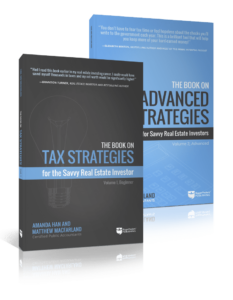Sometimes it’s hard to find the perfect house in the perfect location at the right price, so you just have to build one from scratch.
But how much does it cost to build a house? According to Forbes, the average cost to build a home in 2023 is around $300,000. According to the U.S. Census Bureau, the median price for a contractor-built single-family home in 2021 was $343,600.
Your house’s price tag will vary depending on where you live, the size of the home, the materials used, and the labor required, as well as several other factors. Plus, you’ll need to buy the land that the home sits on.
Let’s break down all of the main variables you’ll encounter when deciding to build a home and how much you should expect to pay.
Average Cost To Build Per Square Foot
It should come as no surprise that the biggest cost factor is the size of your house. More house = more materials and labor costs.
On average, the cost of building a house is $150 per square foot. If you assume it’ll cost you $100 per square foot on the low end and $200 on the high end (or $400 per square foot in some major cities, including New York and San Francisco). Here’s how much you can expect to pay based on your home’s size:
| Square Feet | Average Price Range |
| 600 | $60,000 – $120,000 |
| 1,000 | $100,000 – $200,000 |
| 1,200 | $120,000 – $240,000 |
| 1,500 | $150,000 – $300,000 |
| 2,000 | $200,000 – $400,000 |
| 3,000 | $300,000 – $600,000 |
| 4,000 | $400,000 – $800,000 |
| 5,000 | $500,000 – $1,000,000 |
Another variable that’ll impact your square footage is how large your house footprint is. In general, it’s cheaper to build up than to build out. If you’re looking to build a four-bedroom home, consider making it 2-3 stories to decrease your footprint.
Costs By Location
Before we get into the building costs, note that building a three-bedroom home in Seattle, Washington will cost a lot more than building the same home in the suburbs of Tulsa, Oklahoma.
The cost of land itself depends greatly on where you live. In 2020, the National Association of Home Builders revealed that the median price for a lot was $53,000. However, the median lot price in New England was around $120,000. Depending on your lot, you’ll also have to budget for land preparation costs, which range from $1,300 to $5,100.
Local regulations will also impact your cost estimates. Different cities, counties, and states have different resident construction restrictions. Read up on the building codes in your state and neighborhood before starting any new construction. Violations can be costly mistakes.
Pre-Construction Costs
Pre-construction costs are expenses that must be sorted out before you can break ground. These costs include land, land prep, utility connections, and more.
Purchasing and prepping land for construction
To build a house, you need land to place it on. An often overlooked part of the construction process is acquiring the land needed to build.
Depending on the location, these costs will vary, but note that the purchase price for land can easily exceed $50,000 for a small parcel in a populated area but as low as a few thousand dollars in a rural area.
Then, you’ll need to prep the land, which means tree removal, grading, and anything else that’s required. These can amount to somewhere between $1,000 – $7,000, depending on the scale of the project.
Finished or unfinished lots
Finished lots include sewer, cable lines, and utilities. Land developers for most metropolitan areas will finish the lot before they list it, so it’s one less thing for you to worry about.
The same cannot be said for many rural areas. If you buy unfinished land, plan to pay for some major system costs to connect to the nearby city, including:
- Sewer costs: $550 – $2,300
- Water line costs: $1,000 – $5,000
- Electric grid costs: $1,000 – $30,000
You may also have to buy and place concrete to connect your property to a road, which can bring a whole new set of costs. Paved driveways usually go for $4,500, while gravel ones are much cheaper.
Purchasing a floor plan
Once you know where you’re building and how large you want your home to be, the next step is to pick out a floor plan. Whether you’re looking to build a quaint two-bedroom cottage or a spacious beach house, there are plenty of pre-designed floor plans to choose from. These designs come with plenty of features homeowners want in a home, so you can save money by selecting a stock plan. These plans usually cost between $500 – $5,000.
You can also pay a premium and hire an architect to draw up a custom floor plan, but note that it costs more.
Building permits and local fees
You can’t start the home building process without a building permit. Building permits usually cost between $1,200 – $2,000, depending on where you’re building and what permits you need.
Be sure to check with your local municipalities for any information regarding permits and construction laws, as all cities and local jurisdictions tend to have different sets of requirements and fees.
Exterior Material Costs
Foundation
The foundation of a home is critical to its stability and safety. If the foundation is off, there could be serious consequences and a hefty repair cost. The average cost to build a foundation is around $8,000, and even more if you plan to have a basement.
Framing
The frame is your home’s skeleton, and it’s usually made of wood. The frame is built first, then supports finishing features like your roof, doors, windows, and drywall. Most framers also install the window and doors and do your home’s subfloor installation and sheathing.
On average, framing will cost $25,000 – $45,000.
Roofing
The cost of a roof varies depending on the type that you opt for. On average, most will cost around $10,000 for traditional asphalt shingles, but that number can climb if you need a larger roof or want a different style.
Exterior walls
Exterior finishes include materials or coatings used to protect and make your exterior wall surfaces aesthetically pleasing with siding, shingles, stucco, and masonry veneer. Basic siding will cost around $12 per square foot but can easily become more expensive with different materials.
Interior Material Costs
HVAC, electrical, and plumbing costs
HVAC, electrical, and plumbing are all very labor-intensive, and these costs are not something you should ever cut corners on. All three of these major systems are vital to your home’s safety and efficiency.
- HVAC: $5,000 – $10,000
- Electricity: $3 – $5 per square foot
- Plumbing: $2,000 – $15,000
On average, when combined, these three will cost anywhere between $15,000 and $75,000.
Insulation
Insulation helps to keep your home energy-efficient and comfortable. The costs can range from $3,000 – $5,000 on average, but it varies depending on the type of insulation you use and the amount you need.
Fixtures and finishes
Your interior finishes include all the materials used to cover the inside of your home’s frame. The costs vary greatly. If you’re on a tighter budget, this is one of your best opportunities to save money. If you’re looking for luxury, your interior finished could become the most expensive aspect of your home build. On average, interior finishes range from $50,000 to $175,000. Some of these finishes include:
- Appliances: $3,000 – $24,000
- Cabinets: $2,000 – $30,000
- Countertops: $1,800 – $4,200
- Light fixtures: $2,000 – $12,000
- Doors: $360 – $1,150 per door
- Windows: $150 – $200 per window
- Drywall: $1.50 – $3 per square foot
- Floors: $1,500 – $4,500 per 500 square feet
- Shower/bathtub: $4,000 – $6,000
- Paint: $5 per square foot
Labor Costs
The cost of labor will make up about 30% – 50% of your total project cost.
Modular homes (also known as prefabricated homes) have reduced labor costs because most of the work is done off-site, then shipped to your lot to be assembled. If you want a custom build, the lack of prefabrication can substantially increase labor.
Not including materials, here are some labor costs to budget for:
Saving Money By DIY
If you have the skills and time to take on any of these installations, you can significantly reduce the total cost of building a house. Painting alone can easily save you thousands of dollars.
However, if you don’t have these skills, hire a professional. It usually costs a lot more to hire someone to fix one’s mistakes and reinstall something than just hiring a professional in the first place.
How Long Does It Take to Build a House?
The Census Bureau’s Survey of Construction shows that the average number of months it took to build a home from start to finish in 2021 was 7.6 months. Homes built for sale took 6.7 months, contraction-built homes took 12.6 months, and owner-built homes took 14.3 months.
Is It Cheaper to Buy a House or Build One?
In general, it’s cheaper to build your own house than buy one. As mentioned earlier, the average cost to build a house is around $300,000. To compare, the national median sales price of a home is $454,900 as of Q3 2022. That’s a significant difference!
Mind you, these are averages based on national data. The total cost of building a home can easily fluctuate by hundreds of thousands of dollars, as do home prices, depending on the location. Speak to a real estate agent or developer in your area to learn about the fair market values of homes in your area and how much it’ll cost to build one.
Are you ready to build a house? BiggerPockets has a whole library of resources to help get you started. Check out our forums and explore our network of real estate partners, and discover what options you have available.
Run Your Numbers Like a Pro!
Deal analysis is one of the first and most critical steps of real estate investing. Maximize your confidence in each deal with this first-ever ultimate guide to deal analysis. Real Estate by the Numbers makes real estate math easy, and makes real estate success inevitable.
Note By BiggerPockets: These are opinions written by the author and do not necessarily represent the opinions of BiggerPockets.
- SEO Powered Content & PR Distribution. Get Amplified Today.
- Platoblockchain. Web3 Metaverse Intelligence. Knowledge Amplified. Access Here.
- Source: https://www.biggerpockets.com/blog/how-much-does-it-cost-to-build-a-house
- 000
- 2020
- 2021
- 2022
- 2023
- 7
- a
- About
- According
- All
- alone
- amount
- analysis
- and
- anywhere
- AREA
- areas
- around
- aspect
- assembled
- Association
- author
- available
- average
- based
- basic
- Beach
- because
- become
- before
- BEST
- between
- Biggest
- Block
- border
- Break
- bring
- budget
- build
- Building
- built
- buy
- By the numbers
- cable
- cannot
- Census
- cheaper
- check
- Choose
- Cities
- City
- climb
- combined
- come
- comfortable
- compare
- confidence
- Connect
- Connections
- Consequences
- Consider
- construction
- corners
- Cost
- Costs
- could
- cover
- critical
- custom
- Cut
- data
- deal
- Deciding
- decrease
- Depending
- depends
- designs
- Developer
- developers
- different
- discover
- dollars
- Dont
- doors
- down
- each
- Earlier
- easily
- efficiency
- encounter
- England
- estate
- estimates
- Even
- EVER
- exceed
- expect
- expenses
- expensive
- explore
- factors
- fair
- Features
- Fees
- few
- Find
- First
- first-ever
- Fix
- Floor
- fluctuate
- Foot
- Footprint
- Forbes
- Foundation
- FRAME
- Francisco
- from
- General
- get
- Go
- greatly
- Grid
- Ground
- guide
- Hard
- help
- helps
- here
- Hidden
- High
- hire
- Hiring
- Home
- Homes
- House
- How
- However
- HTML
- HTTPS
- Hundreds
- Impact
- in
- include
- Including
- Increase
- inevitable
- information
- install
- interior
- investing
- IT
- itself
- jurisdictions
- Keep
- Know
- known
- labor
- Lack
- Land
- large
- larger
- Laws
- LEARN
- LG
- Library
- Line
- lines
- List
- live
- local
- location
- Long
- looking
- Lot
- Low
- Luxury
- made
- Main
- major
- make
- MAKES
- Making
- many
- Market
- Market Values
- material
- materials
- math
- Maximize
- means
- mentioned
- mistakes
- money
- months
- more
- most
- Municipalities
- National
- necessarily
- Need
- needed
- network
- New
- New Construction
- New York
- next
- number
- numbers
- Oklahoma
- ONE
- Opinions
- opportunities
- Options
- Other
- own
- painting
- part
- partners
- Pay
- perfect
- pick
- Place
- plan
- plans
- plato
- Plato Data Intelligence
- PlatoData
- Plenty
- Plumbing
- plus
- populated
- Premium
- price
- Prices
- process
- professional
- project
- property
- protect
- purchase
- Q3
- q3 2022
- range
- Read
- ready
- real
- real estate
- reduce
- Reduced
- regarding
- regulations
- removal
- repair
- represent
- required
- Requirements
- Resources
- restrictions
- Revealed
- road
- round
- Rural
- Rural Areas
- Safety
- Said
- sale
- sales
- same
- San
- San Francisco
- Save
- Scale
- Seattle
- selecting
- serious
- set
- Sets
- several
- shipped
- should
- Shows
- significant
- significantly
- Size
- skills
- small
- So
- some
- Someone
- something
- somewhere
- speak
- square
- Stability
- start
- started
- Starting
- State
- States
- Step
- Steps
- stock
- Stories
- style
- success
- Supports
- surprise
- system
- Systems
- TAG
- Take
- The
- thing
- thousands
- three
- tighter
- time
- to
- Total
- traditional
- true
- ultimate
- use
- usually
- utilities
- utility
- Values
- Violations
- vital
- washington
- What
- whether
- which
- while
- will
- windows
- without
- Work
- written
- Your
- zephyrnet

